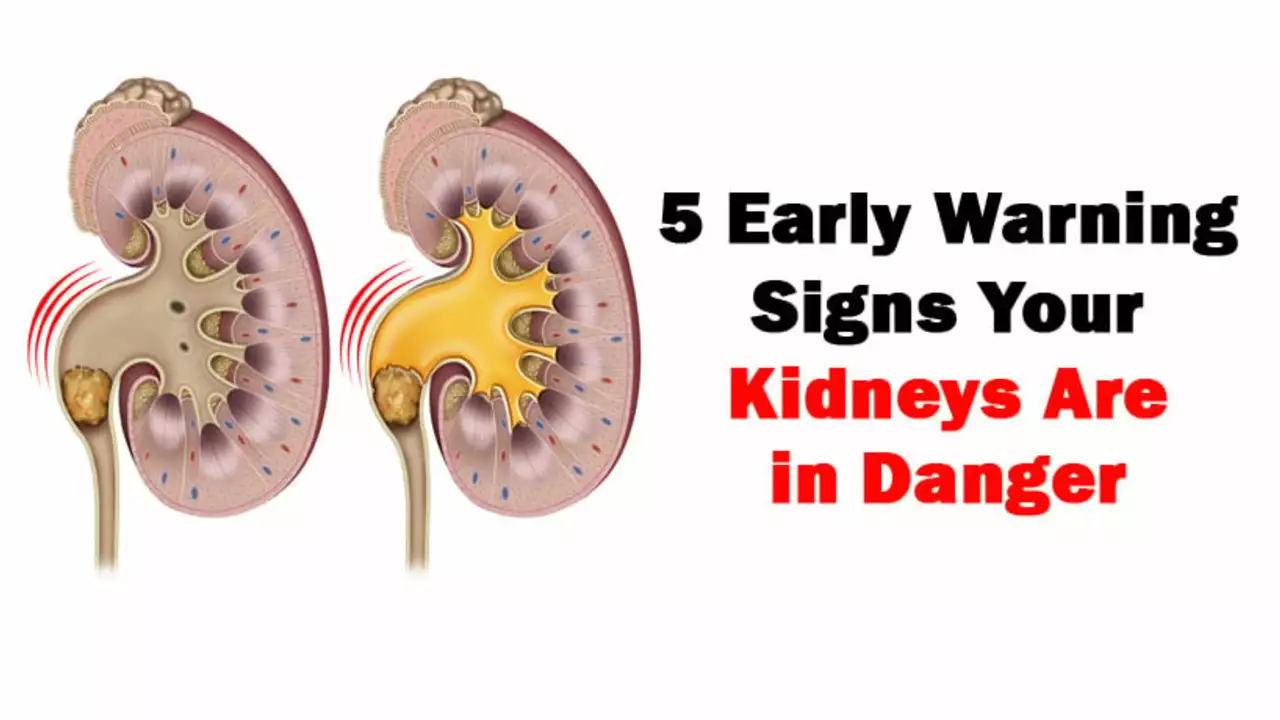Sevelamer hydrochloride — what it does and why it matters
If you or someone you care for is on dialysis, sevelamer hydrochloride may be part of the medicine list. It’s a phosphate binder used to lower high blood phosphate in people with chronic kidney disease. It works in the gut to trap phosphate from food so the body can’t absorb it. That helps protect bones and blood vessels from damage tied to high phosphate.
How to take sevelamer hydrochloride
Take sevelamer with meals. That’s key: it has to be in the gut when food brings in phosphate. For many adults the common starting option is 800 mg with each meal, but your doctor will set the exact dose based on blood phosphate levels. There are chewable tablets and powder forms. If you have chewable tablets, chew them—don’t swallow whole. For powder, mix as directed. Do not crush sustained‑release pills unless your pharmacist says it’s okay.
Timing with other medicines matters. Sevelamer can bind other oral drugs and reduce their effect. A simple rule: take other oral meds at least 1 hour before or 3 hours after sevelamer. Ask your pharmacist about specific drugs like levothyroxine, some antibiotics, or anticonvulsants because they often need extra spacing or monitoring.
Side effects, interactions, and monitoring
Most side effects are digestive: nausea, vomiting, constipation, diarrhea, stomach pain, or gas. If constipation is severe, tell your care team. Sevelamer hydrochloride is not absorbed into the bloodstream, so side effects stay in the gut.
It can change blood tests. Sevelamer hydrochloride may lower LDL cholesterol, which can be helpful. It can also affect bicarbonate levels in some people; that’s why doctors sometimes prefer sevelamer carbonate if you have low bicarbonate or metabolic acidosis. Your clinic will monitor serum phosphate, calcium, bicarbonate (acid-base), and sometimes vitamin D and lipid levels.
Tell your provider about all pills and supplements you take. Sevelamer can reduce absorption of other drugs and some vitamins. Your team will advise on timing or alternative medicines when needed.
Pregnancy and breastfeeding: data are limited. If you’re pregnant or planning pregnancy, discuss risks and benefits with your nephrologist. Keep all follow-up blood tests and report any new symptoms quickly.
Storage and practical tips: store at room temperature, away from moisture. Keep a list of your medicines and bring it to every clinic visit. If you miss a dose, take it with your next meal—don’t double up.
Alternatives to sevelamer hydrochloride include sevelamer carbonate (similar but may be gentler on acid-base balance), lanthanum carbonate, and iron-based binders like ferric citrate or sucroferric oxyhydroxide. Calcium-based binders are another option but can raise calcium levels. Your doctor will pick the best choice based on your labs and other health issues.
If anything feels off—worse digestion, muscle cramps, breathing changes, or sudden weakness—contact your care team. With the right dose and monitoring, sevelamer can help control phosphate and reduce long-term complications from kidney disease.

